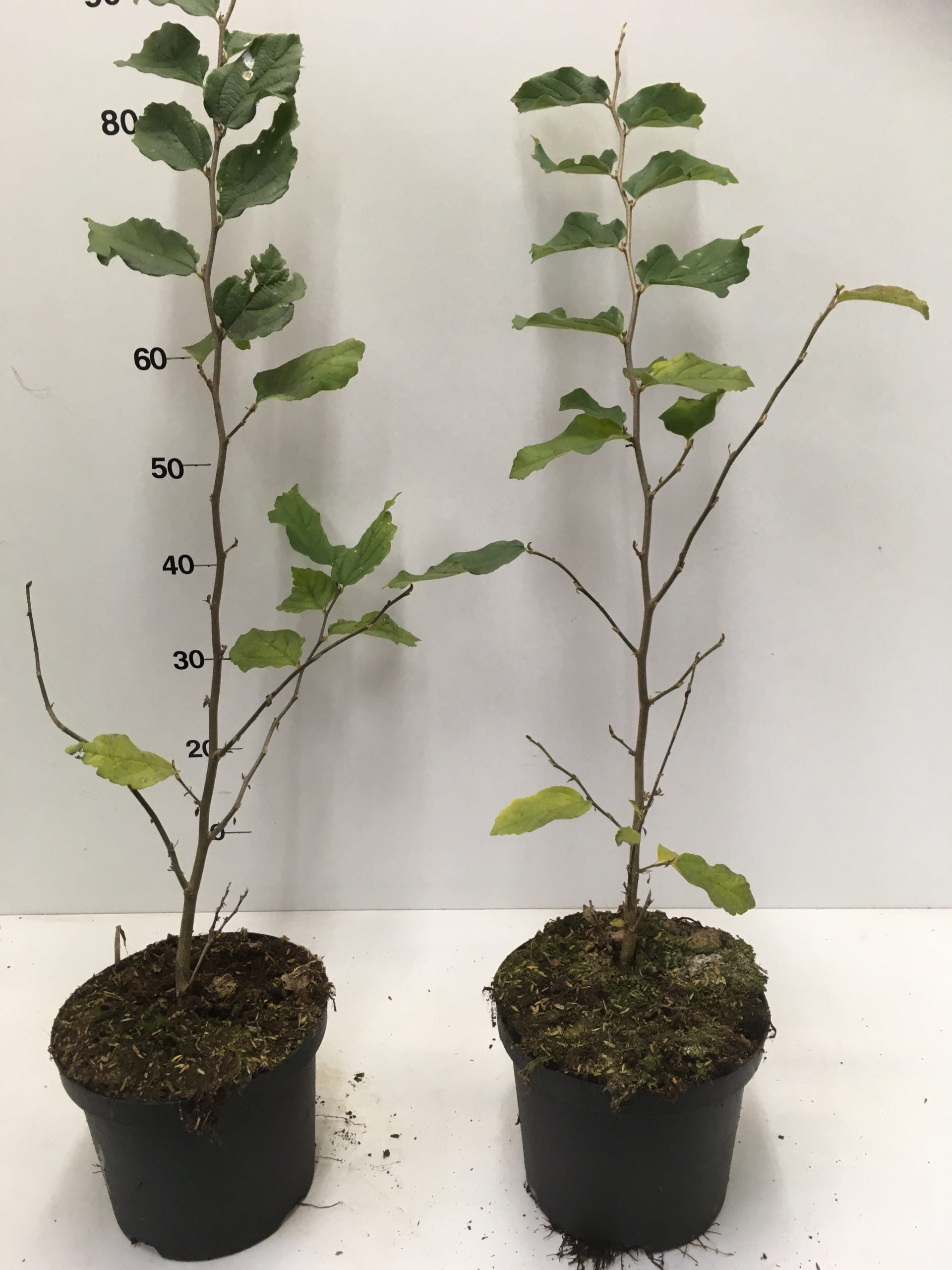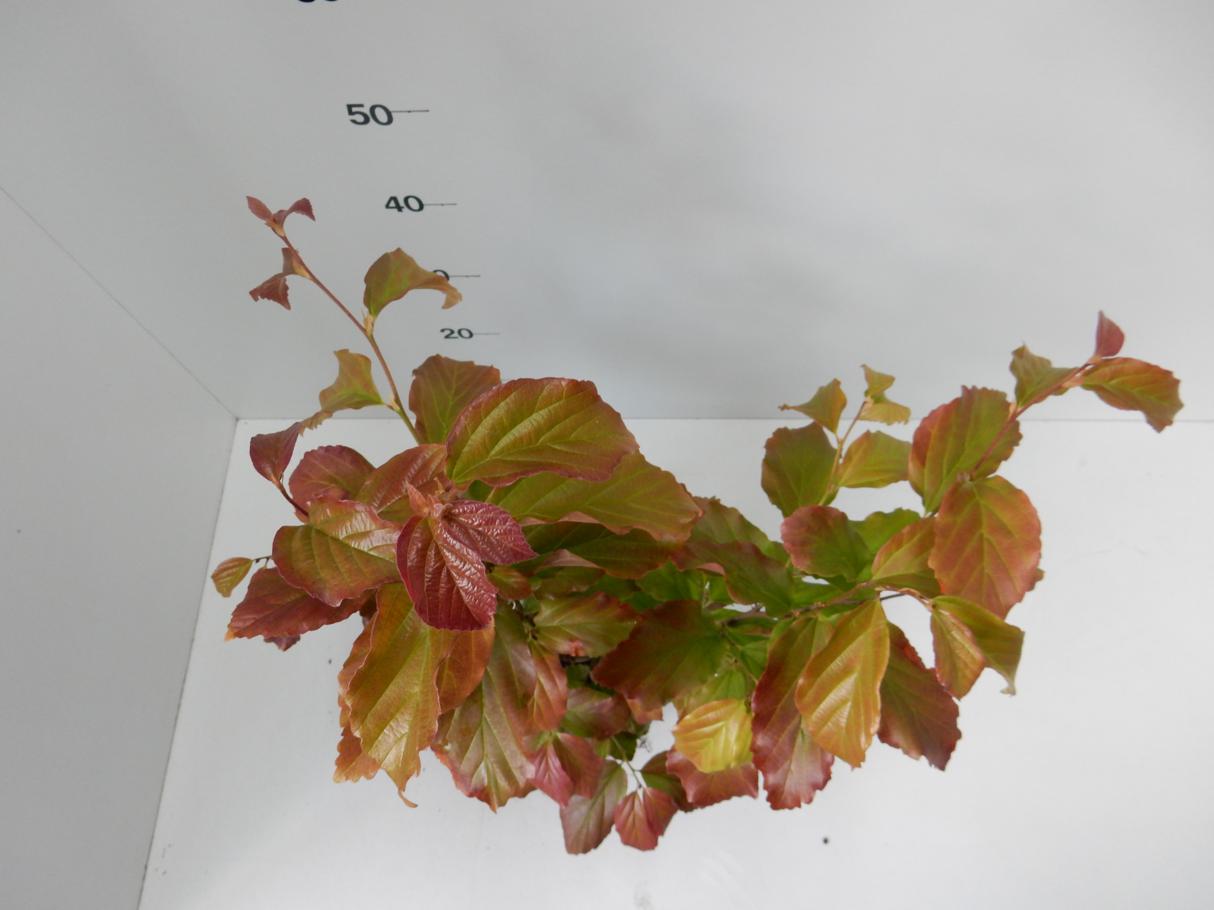Folk name: Ironwood
Plant height: approx. 4 - 6 m
Deciduous: Yes
Hardy: Good
Description: The Parrotia is suitable as a shrub and as avenue and park tree. It has green leaves that turn beautiful orange in autumn. Parrotia grows exceptionally slowly, but this is no reason to plant the shrub in a (too) small garden without a second thought.
Pruning: in spring. But it is best to prune the Parrotia as little as possible.
Flowering time: The plant flowers in early spring, i.e. from March to April
Pitch:
You can place the plant in both sun and semi-shade. It is often thought that Parrotia should be planted in acidic soil. However, the shrub also grows very well in calcareous soil.
Care:
Before planting, soak the pot in a bucket of water for 10 minutes. The Parrotis has smooth, oval, dark green leaves. The autumn colour of these leaves varies from golden yellow to fiery orange-red Only after four to five years can you tell whether you are dealing with a shrub or more of a tree-former. Tree-formers have a clear heart branch. Eventually, the central branch will develop many side branches and a tree-former tends to grow more like a shrub.
History:
Parrotia was introduced to England around 1840. The shrub is native to Persia. Dutch landscape architects (Leonard Springer, David Zocher et al) also liked to use the shrub in their park designs in the English landscape style. In Iran, Parrotia becomes a sizeable tree up to twenty-five metres tall.
Significance:
Parrotia is named after Fr Parrot. He was a German professor who made many botanical travels.









